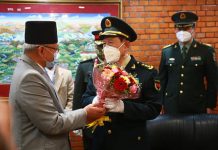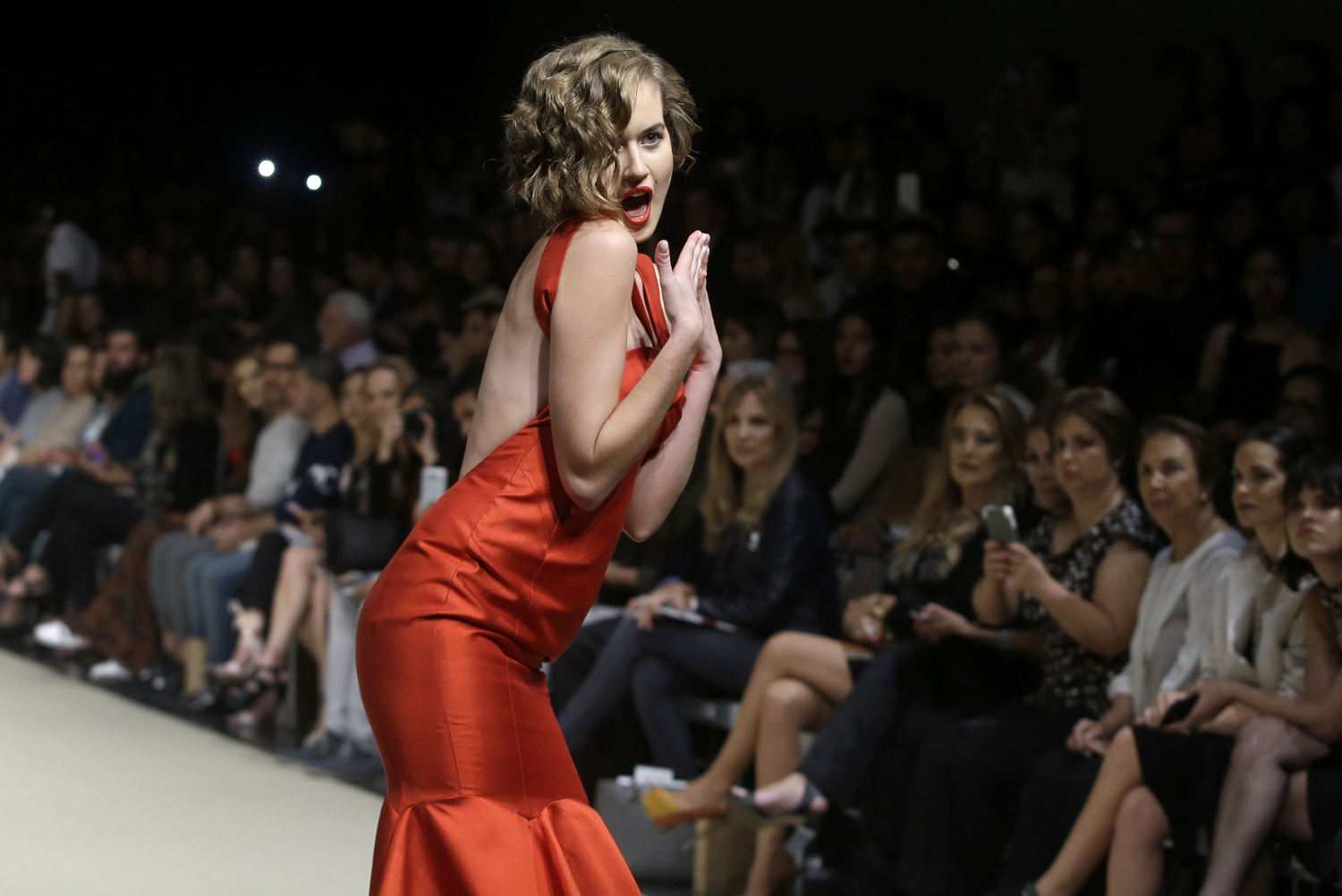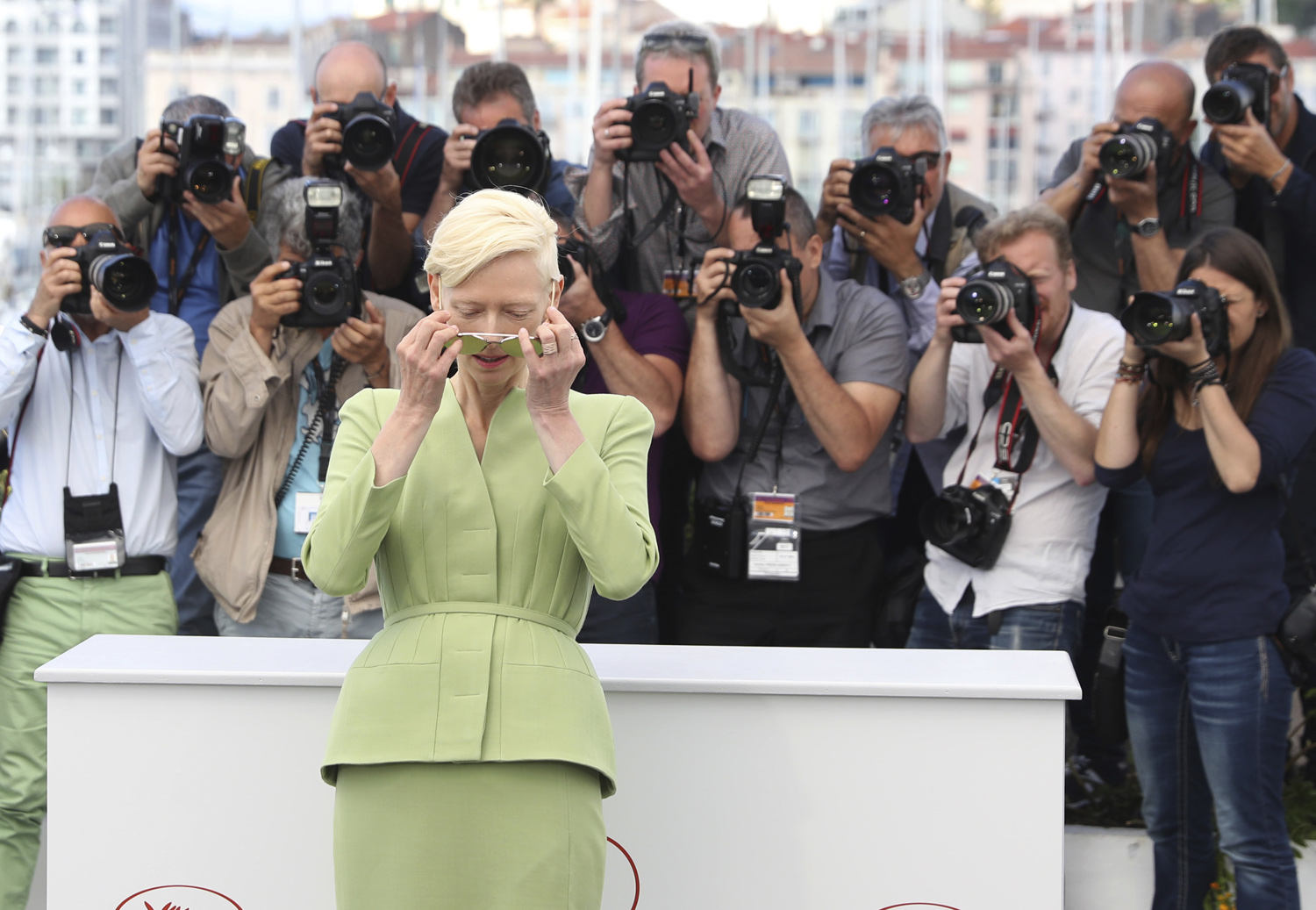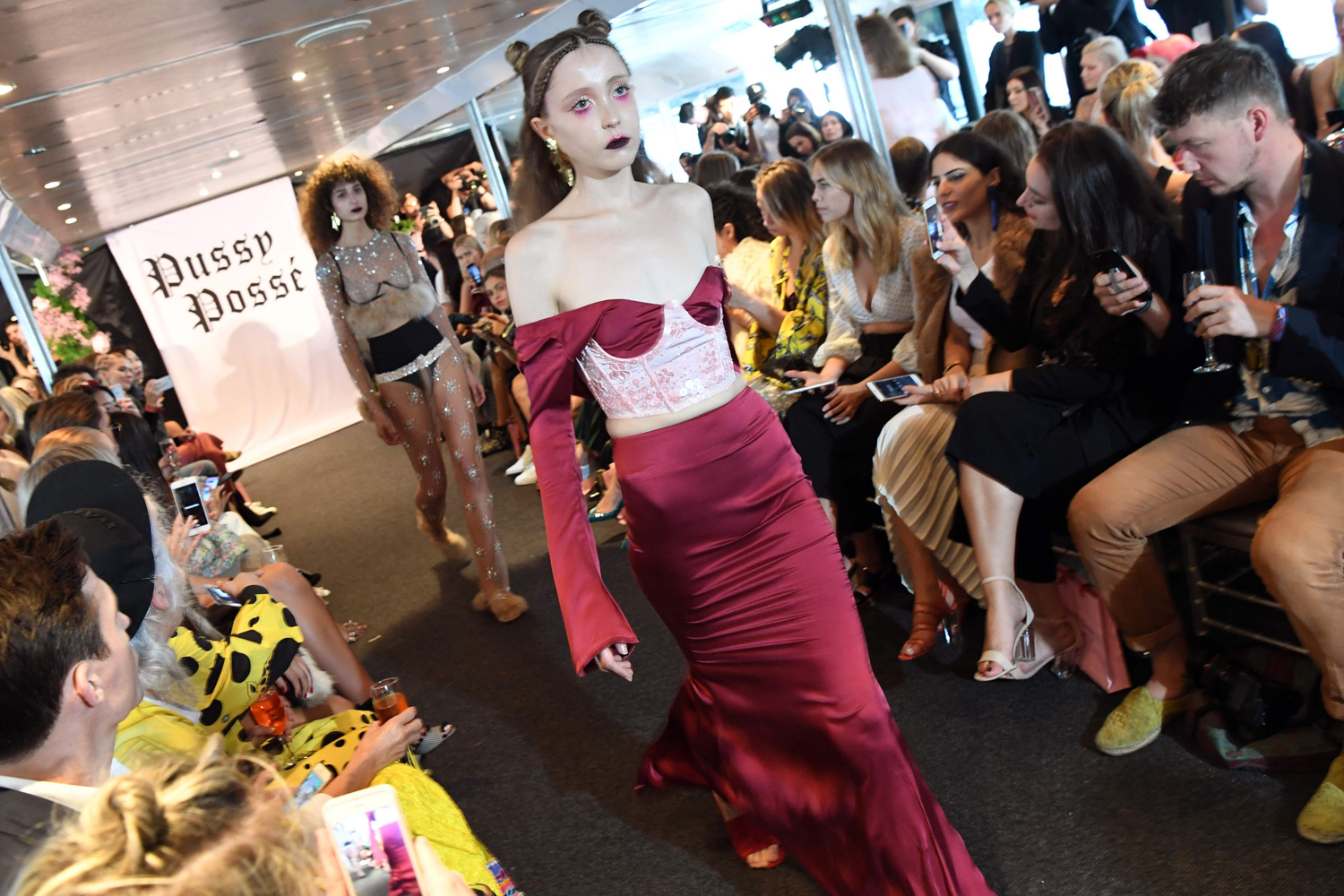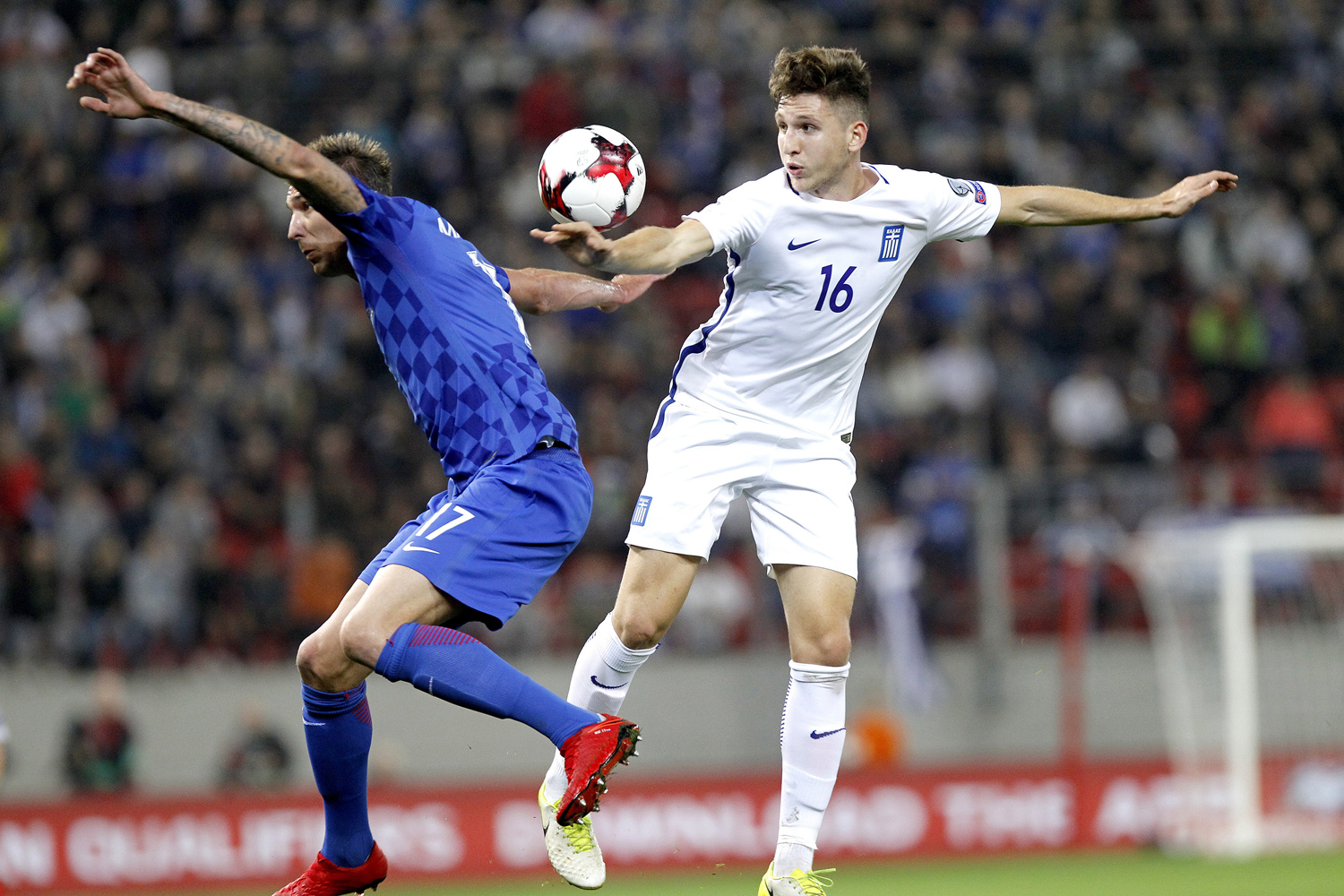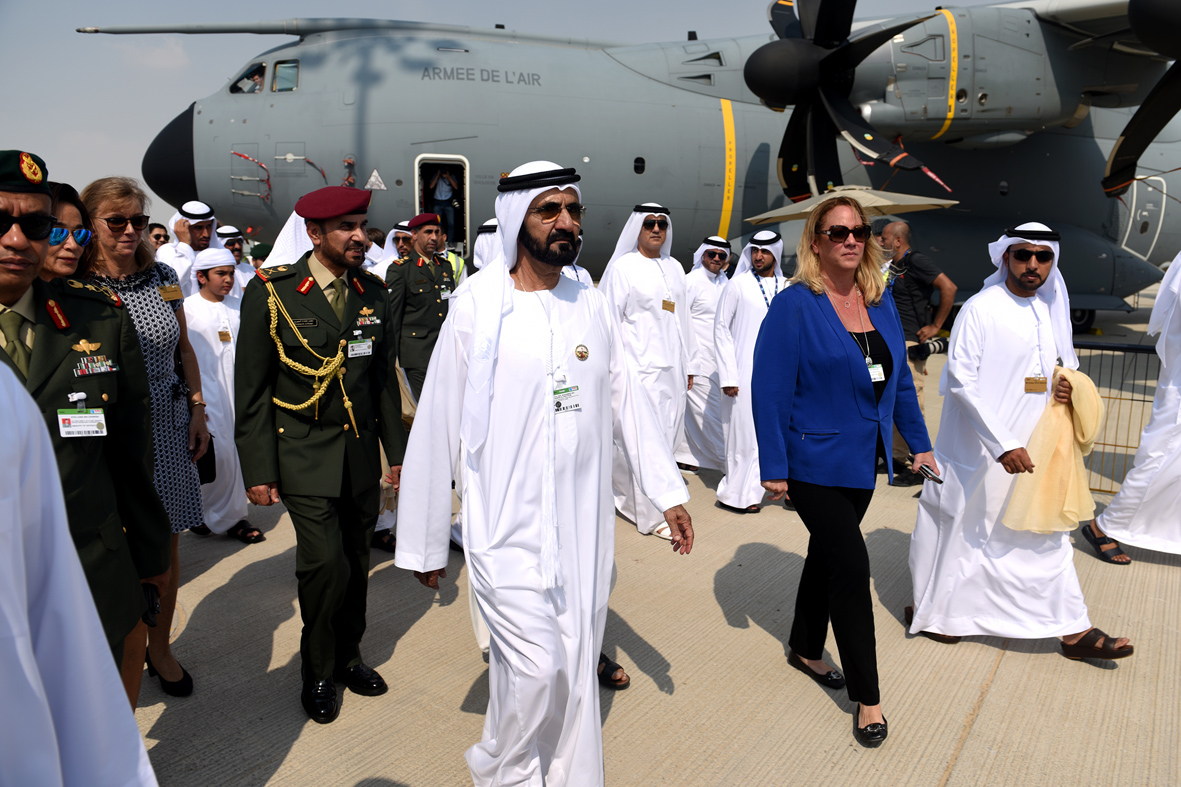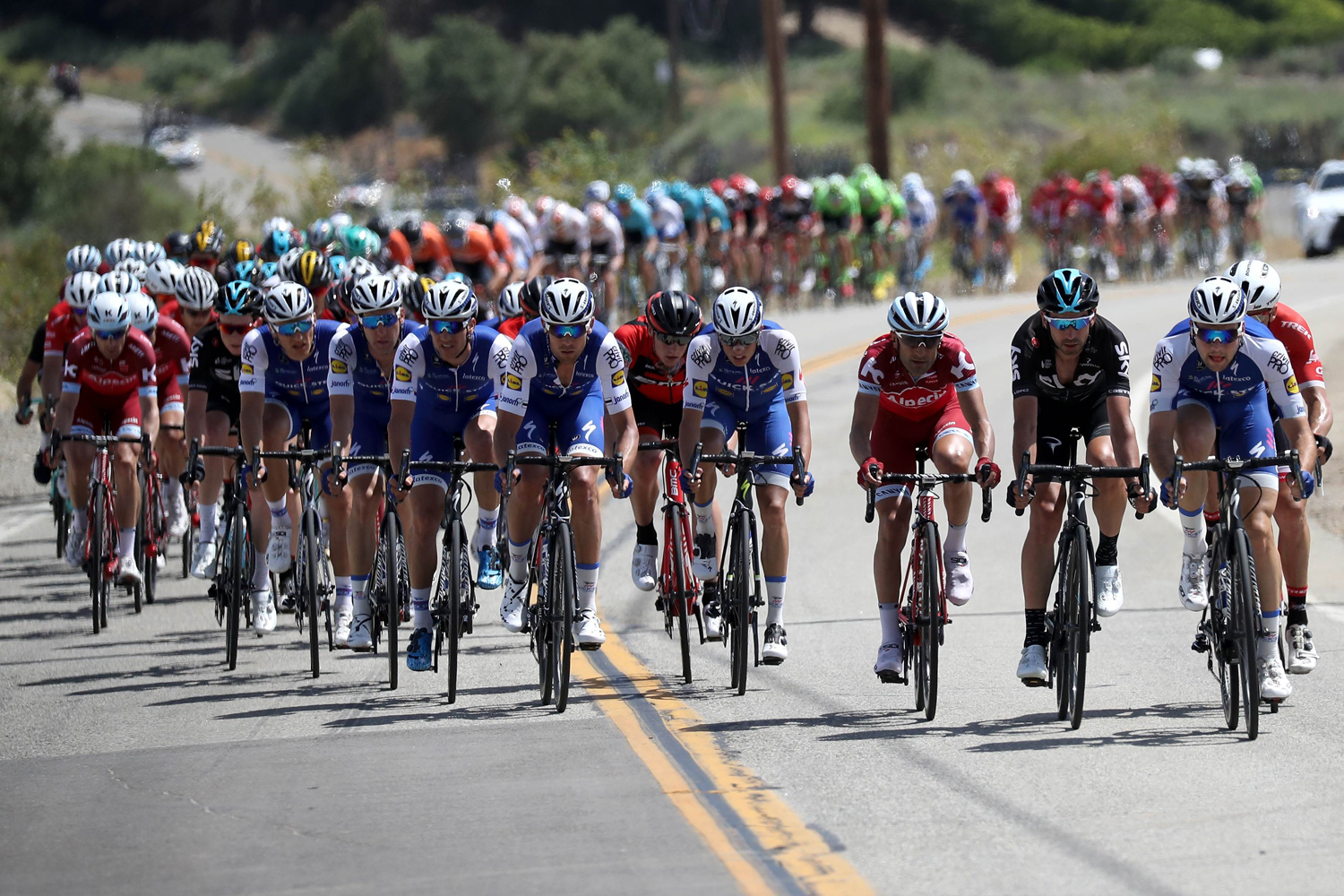How to write a good Photo Caption with a Title ?
Readers look at a photograph first, then the caption under the photo. If the caption intrigues them by providing context and background information, readers will look back at the photograph and see something new. It’s called the loop, and their next stop is the story.
Notice what you just did? You looked at the featured photo, then you looked under the photo for the words to help you understand what you just viewed. Then you looked back at the photo to fully appreciate what you know now that you didn’t know just a few seconds before that.
The photo and caption complement each other. The caption tells the reader what, where and when while the photo provokes a visceral, emotional reaction. The loop, as we call it, satisfies your curiousity, and compels you to read the story and sidebars.
Every single photo must have a caption (newspaper people like to call them cutlines), and each must quickly tell the reader what the picture itself cannot say: Names, stories, dates, places, significance. The 5W’s and H. Some stories can be told exclusively through pictures and captions.
When it comes to copywriting, captions are the one-two punch that delivers. While how to write great stories is a topic for another article, there are a few simple techniques you can use to consistently write great captions.
Captions that tell and intrigue
When someone looks at a picture, they’ll look at the caption for the specifics (name, place, context), but every caption should also intrigue in a way that makes them look back at the picture because they just learned something they didn’t know before they read the caption. If the picture and caption work well together, they’ll look at the headline and then the story.
National Geographic captions are excellent examples. As a strategy, the captions work from either specific to general, or general to specific. They intrigue you, and make you want to read the story. BINGO! People look at the photograph first, then the caption, then back to the photo as they become intrigued, and then to the story. And the story better be ready to reward them immediately for taking a chance and glancing at the first paragraph or two.
Finish the picture story with words
You have an opportunity with every caption you write to complete the picture. There are some things a picture is great at showing (at its best, action/reaction), and some things it can’t tell you (the 5W’s and H) such as listing names, grades, classes, teams, titles, places, dates, significance of event, context. Great pictures deserve great copy, but they complement each other. Each has a role to play, and together the overall effect of the combination is what’s important. Also, use captions and texts to extend the basic story.
Strip the story
Strip the story down to its essence by moving story elements not essential to the immediate story to the captions and sidebars.
Make the cutline work for a living. Use prepositional phrases, and recast the lines until you have picture nouns and action verbs. Let caption information move the story forward. Focus on the action, and kep the action going with each new phrase, clause and sentence.Captions are great places for those bits and pieces that got left on the cutting room floor during editing, or that are not essential to the primary narrative.
Intrigue the reader
Cutlines should inform, surprise, delight and intrigue readers. Here’s what readers do: They look at the biggest picture on the page, then look under it for a caption and read it. So far so good. The caption should be written to offer tantalizing insights that make the reader look back at the picture to completely understand it. At this point, they have invested a little effort and been rewarded with some intriguing information.Now they want to know more, so they look at the headline, then the first couple of paragraphs to see if the rewards will continue. If you don’t start with your best material, you’ll lose them before they get into the story, sidebar elements, or even other photos. Reward readers by revealing new insights and informations with every few paragraphs. When they finish the spread, they’ll know they’re smarter than the average bear, because they know the inside story.
Follow these simple techniques to write the perfect caption every time to intrigue, inform readers.
• Do not begin with the words a, an or the.
• Use present tense to describe action in a photo.
• Give readers information they cannot get from just looking at a photo.
• A caption should complete the photo. The reader should not have to look at the story, but should want to look at the story.
• Write captions so they go from specific to general or general to specific.
• Do not begin a caption with names.
• When identifying members of a group, write “from left,” not “from left to right.”
• “Above” and “pictured here” are unnecessary.
• Captions should not repeat information contained in the lead.
• Name people only if they are important to the picture.
• Vary the way you begin captions:


